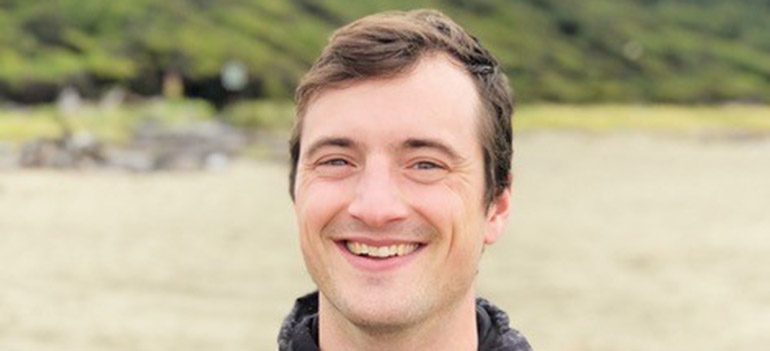Researchers can now eliminate almost all errors produced by a widely used portable DNA sequencer, thanks to a new method developed by UBC Civil Engineering Assistant Professor Dr. Ryan Ziels. This advancement will potentially enable scientists out in the field or in smaller labs to study microorganisms, such as the SARS-CoV-2 virus, much more accurately and efficiently.
According to Dr. Ziels and his research partners at Aalborg University in Denmark, this new method adopts a unique barcoding system that was found to significantly reduce the error rate of Oxford Nanopore Technologies’ MinION device—from as high as 15% to less than 0.005%.
“The MinION has revolutionized the field of genomics by freeing DNA sequencing from the confines of large laboratories,” said Dr. Ziels. “But until now, researchers haven’t been able to rely on the device in many settings because of its fairly high out-of-the-box error rate.”
The method is described in a paper published in the journal Nature Methods.
Adopting a barcoding system that utilizes the tagging of each target DNA molecule in a sample, this method allows researchers to easily identify and group relevant DNA fragments.
The result is near-perfect sequencing of fragments that are up to 10 times longer than what conventional technologies can achieve.
The use of genome sequencing can reveal a great deal about an organism’s identity, ancestry, strengths, and vulnerabilities, enabling potentially groundbreaking diagnostic tools and treatments to be developed.
However, without reliable portable DNA sequencers, crucial details could be missed during field research or in smaller laboratories.
Fortunately, Dr. Ziels and his collaborators have made the code and protocol available through open-source repositories, allowing virtually any lab in the world to benefit from this method.
“A beautiful thing about this method is that it is applicable to any gene of interest that can be amplified,” said Dr. Ziels. “This method can be very useful for fields where the combination of high-accuracy and long-range genomic information is valuable, such as in cancer research, human genetics, plant research, as well as microbiome science.”
Dr. Ziels is currently collaborating with Metro Vancouver to expand upon this method for near real-time detection of microorganisms in water and wastewater.
“By obtaining a more accurate picture of the microorganisms present in water systems, communities may be able to improve their public health strategies and treatment technologies — and better control the spread of harmful microorganisms like SARS-CoV-2,” said Dr. Ziels.
This research was supported by Genome Canada and the Natural Sciences and Engineering Research Council (NSERC).
